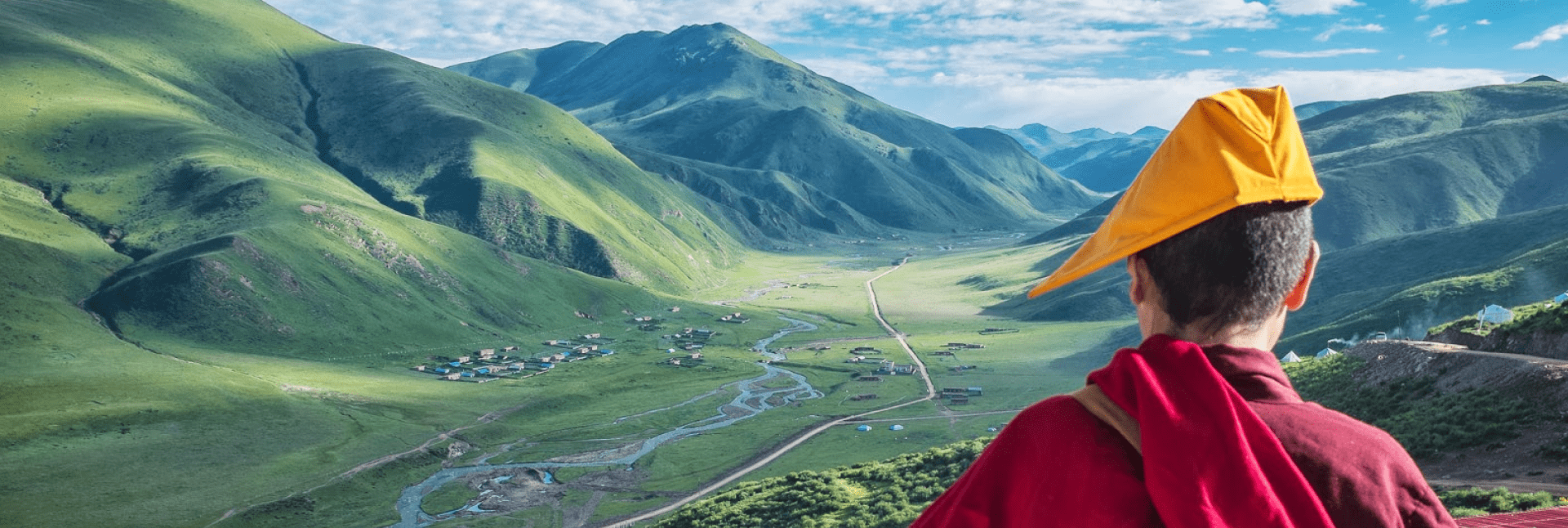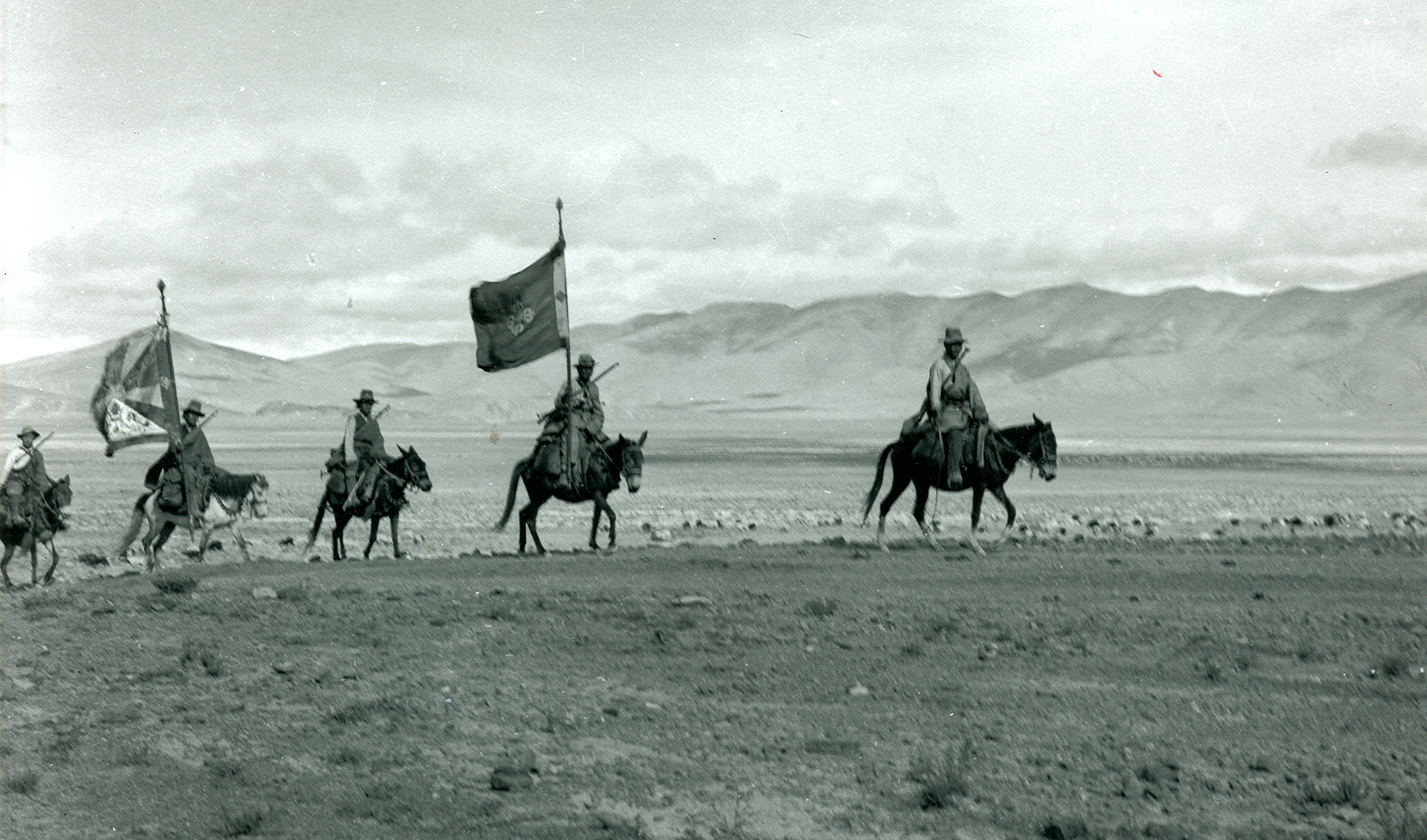
Timelines of Tibet’s history
Tibet has a rich history as a nation, existing side-by-side with China for centuries. Browse through our timelines to learn more about Tibet's long history.

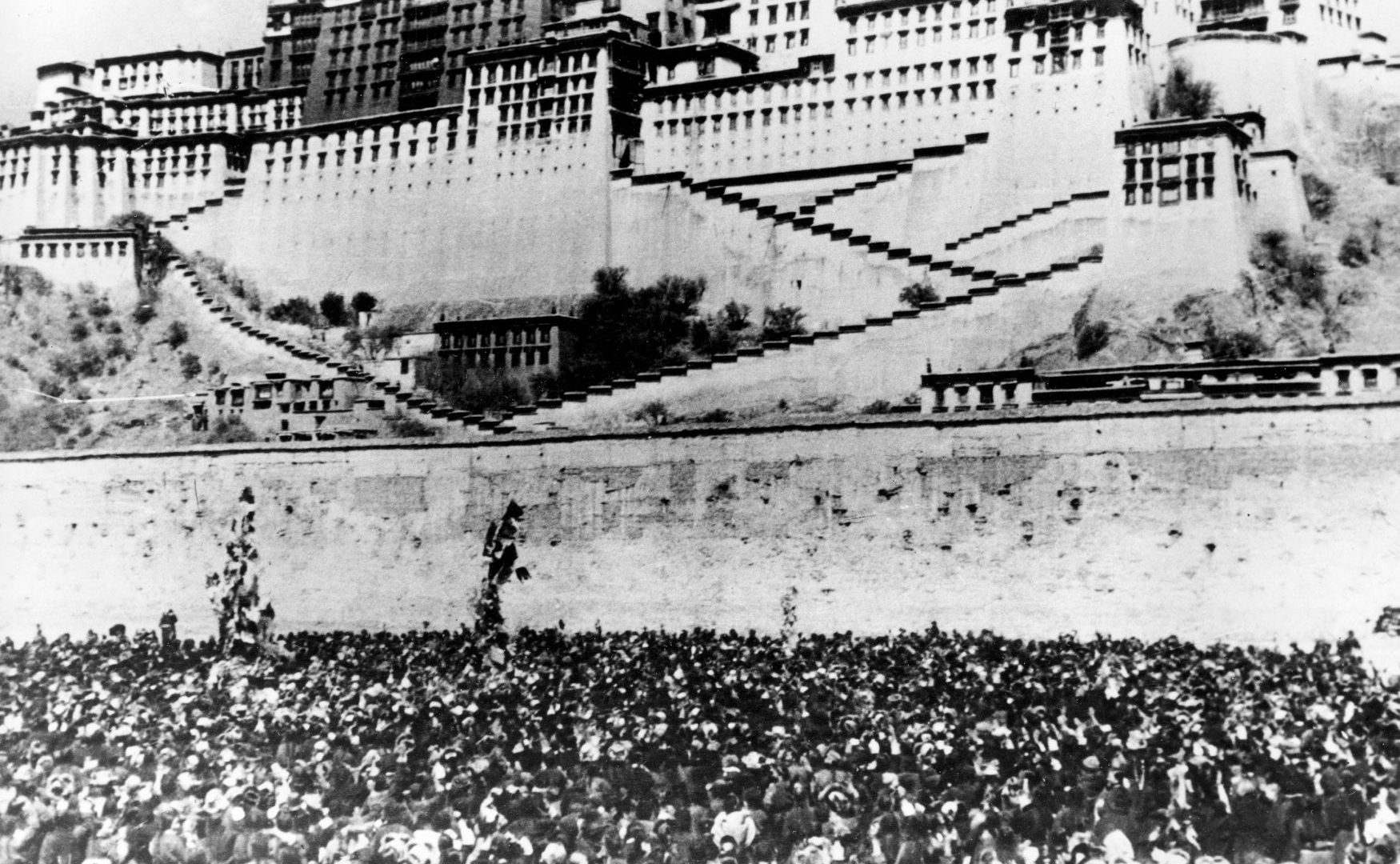
On the 10th of March 1959, after nearly a decade of repression by the occupying Chinese army, Tibetans in their thousands rose up in protest. They gathered in the streets of their capital Lhasa and surrounded the Potala Palace to protect the Dalai Lama, who they feared was in danger of assassination.
The protests were followed by a brutal crackdown, both in the city and across Tibet, claiming tens of thousands of lives. The Dalai Lama was also forced to flee into exile, where he has remained ever since.
Since then, the tragedy and the defiance of the Tibetan 1959 Uprising has been marked with events around the world every March 10th.
The Chinese government sends two army officers to the Jokhang Temple where the Dalai Lama is preparing to take his final Master of Metaphysics exam. They are sent to press him to confirm a date in which he could attend a theatrical performance and tea at the Chinese Headquarters in Lhasa.
The Dalai Lama passes his Master of Metaphysics exam. He obtains the title of Geshe (doctor of Buddhist studies).
The interpreter of one of the Chinese military leaders in Lhasa, General Tan Juan-sen, rings the Chief Official Abbot. They demand to know the date the Dalai Lama will be attending their performance. The date is set for 10 March.
The Dalai Lama’s chief bodyguard is informed by Chinese officials that they would like the Dalai Lama to watch the performance in “absolute secrecy”. They request he attends without his bodyguards. Worried by this, some Tibetan officials begin to spread this new among the public.
Tibetans begin to surround the Norbulingka. By late morning, 30,000 people are gathered, fearful that the Dalai Lama would be abducted if he attended the performance.
Thousands of Tibetan women gather in the streets and outside Potala Palace to protest for Tibetan Independence. During the protest in what is now known as the Tibetan Women’s Uprising, the women present an appeal to the Indian Consulate in Lhasa for help.
In perhaps the largest demonstration to ever occur in Lhasa, thousands of people gathered in response to a call to form a People’s Assembly. The crowd rejected the 17-point agreement which was imposed by Chinese arms in 1949. The agreement provided national regional autonomy under the leadership of the Central People’s Government of China.
Thousands of women gather outside the Potala Palace again in a protest led by Gurteng Kunsang. Gurteng Kunsang is later apprehended and executed.
The first preparations for the Dalai Lama’s evacuation of Lhasa commence.
The home of the Dalai Lama is in jeopardy as Chinese heavy artillery is being moved within range of Lhasa and the Norbulingka. Rumours spread of Chinese troops being flown in from China.
Two Chinese artillery shells are fired towards the Potala Palace. Members of the Dalai Lama’s family, including his mother, secretly escape. They are followed by the Dalai Lama, who leaves the Norbulingka dressed as a soldier, carrying a rifle and wearing a scarf over his face.
Despite the Dalai Lama’s successful exfiltration, the People’s Liberation Army (PLA) continues to shell the Norbulingka believing he is still inside.
Protesters seize machine guns as fighting breaks out in Lhasa. News of the Dalai Lama’s disappearance rapidly spreads, although many believe he would not have fled the palace.
The PLA is ordered to retake Lhasa. Artillery shells are fired at Norbulingka to disperse crowds who have gathered after hearing rumours that the Dalai Lama has disappeared.
Photo evidence shows the Dalai Lama and his escape party crossing the Zsagola Pass on this day in 1959. In Lhasa, Chinese soldiers blow up the gate of the Norbulingka and enter. The Jokhang Temple also comes under artillery fire and is encircled by soldiers.
After several days of fighting, Chinese military place the Jokhang Temple under siege. The military force entry into the temple and fly their flag from the roof.
The Dalai Lama formally declares that Tibet is a free and independent nation.
Zhou Enlai, the Premier of China, submits a State Council Order declaring the “dissolution” of the Tibetan government. In 2009 China will declare this date to be a national holiday to celebrate ‘Serfs emancipation day’.
The Dalai Lama crosses the Indian border, where he is escorted by Indian guards to the town of Bomdila. He is reported as resting at the Tawang Monastery 50 miles into India.
China is reported to be hunting for the Dalai Lama. Paratroopers are deployed, supported by planes and fifty-thousand troops to search the Tibetan mountain passes.
Jawaharlal Nehru, the Indian Prime Minister, announces that India has granted asylum to the Dalai Lama.
In Lhasa, protesters gather to call for the “thorough quelling of the rebellion”.
The Dalai Lama reaches Tezpur in Assam. He holds a press conference and officially repudiates the 17-Point Agreement.
The Dalai Lama is noted arriving in Mussoorie and residing at Birla House. The Dalai Lama’s escape is the cover story for Time Magazine.

Tibet has a rich history as a nation, existing side-by-side with China for centuries. Browse through our timelines to learn more about Tibet's long history.
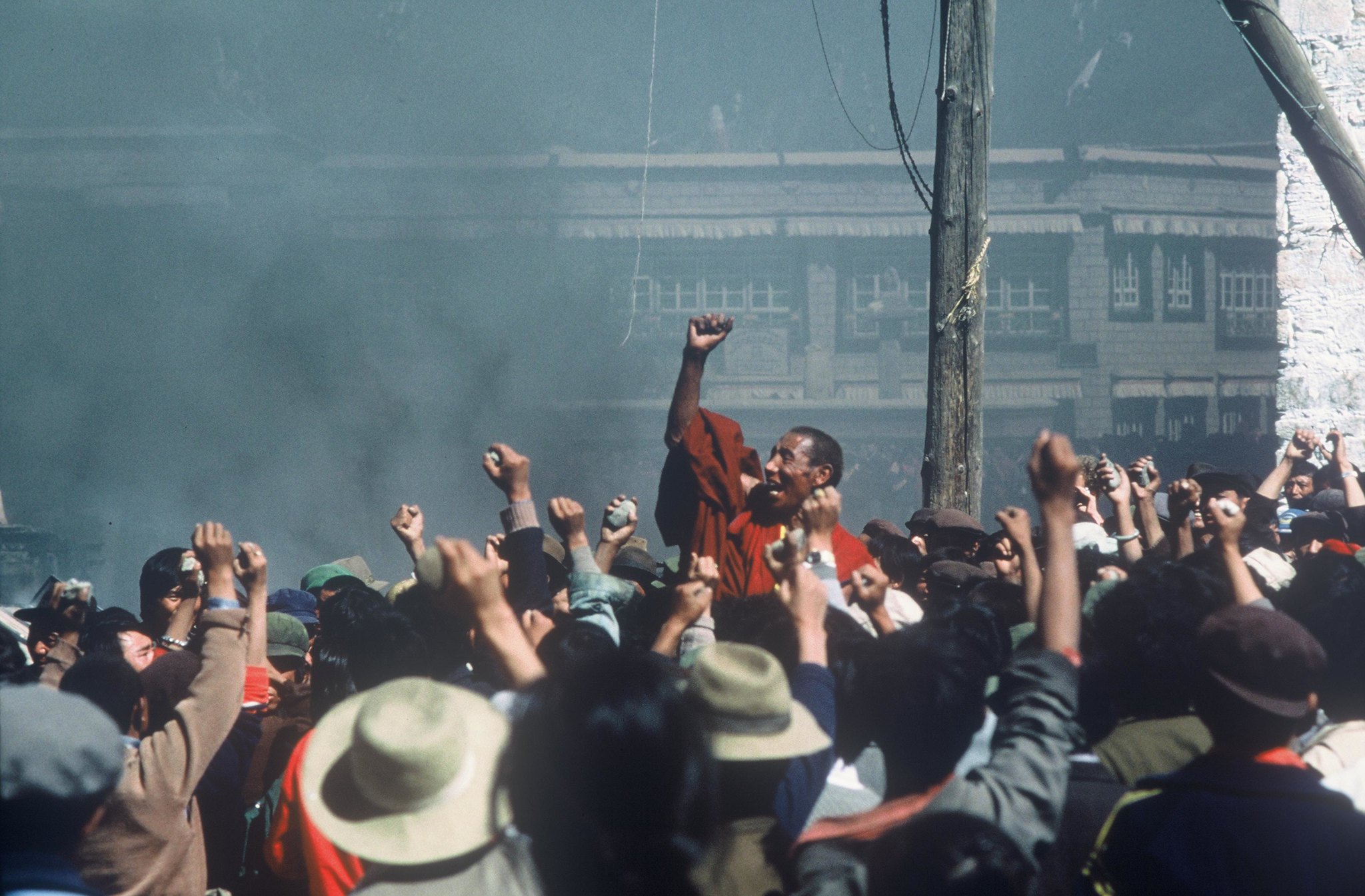
In the face of oppression and authoritarianism, with the deck stacked against them, Tibetans continue to rise up against the Chinese Communist Party’s rule and assert their demands for freedom.
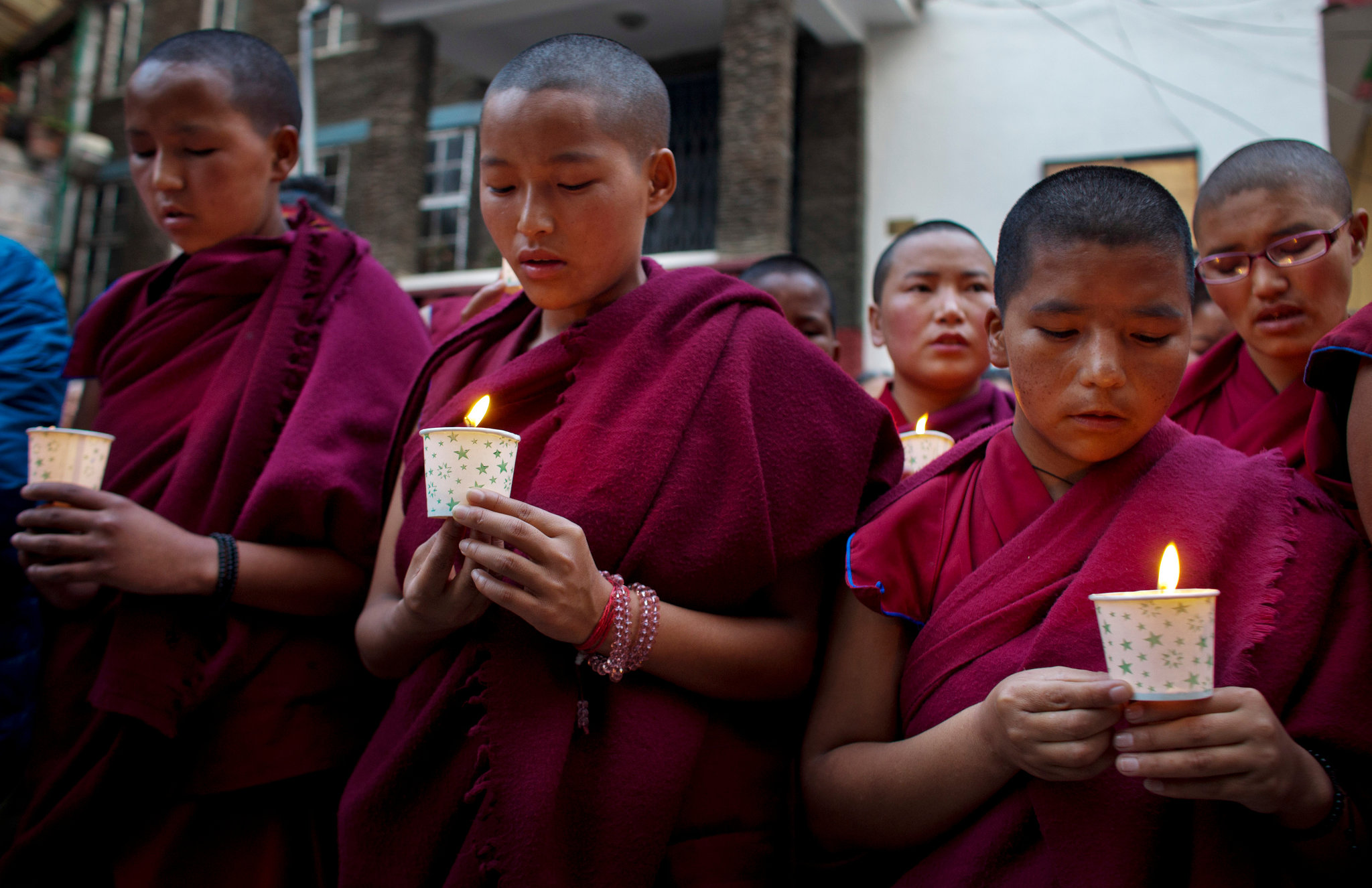
Since March 2009, more than 150 people are known to have set themselves on fire inside Tibet to protest against the repressive Chinese occupation. The youngest was just 15 years old.
